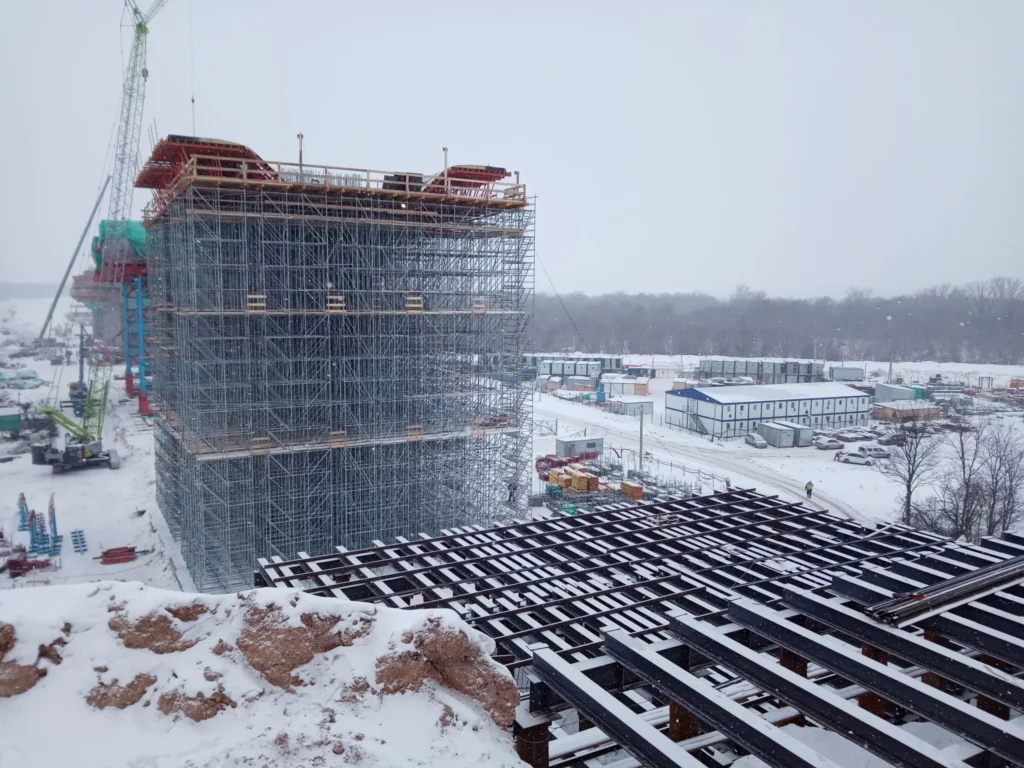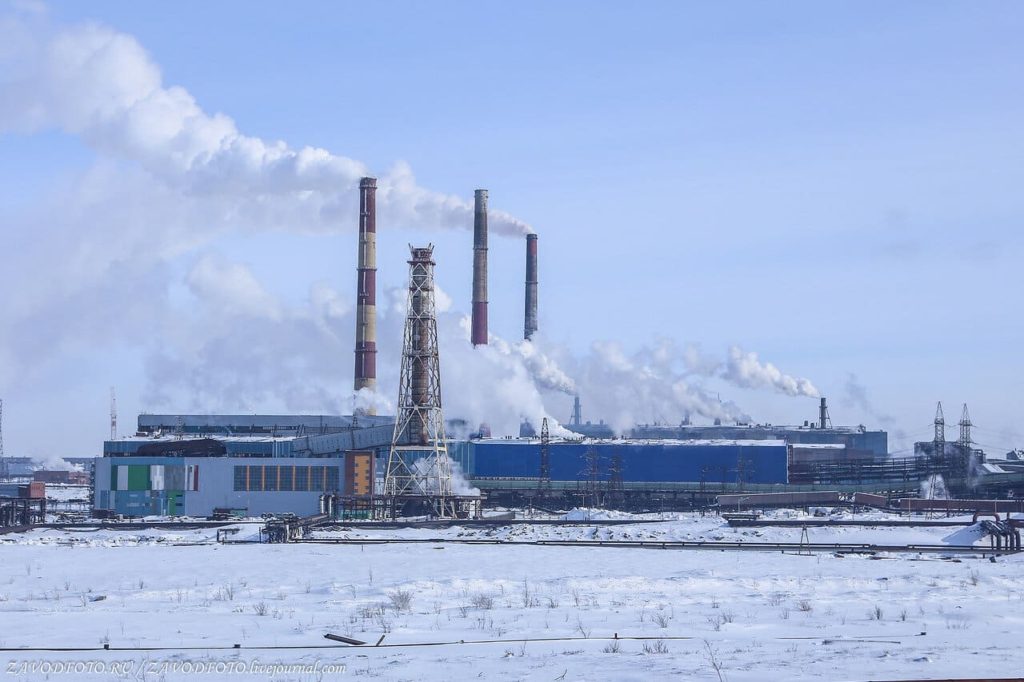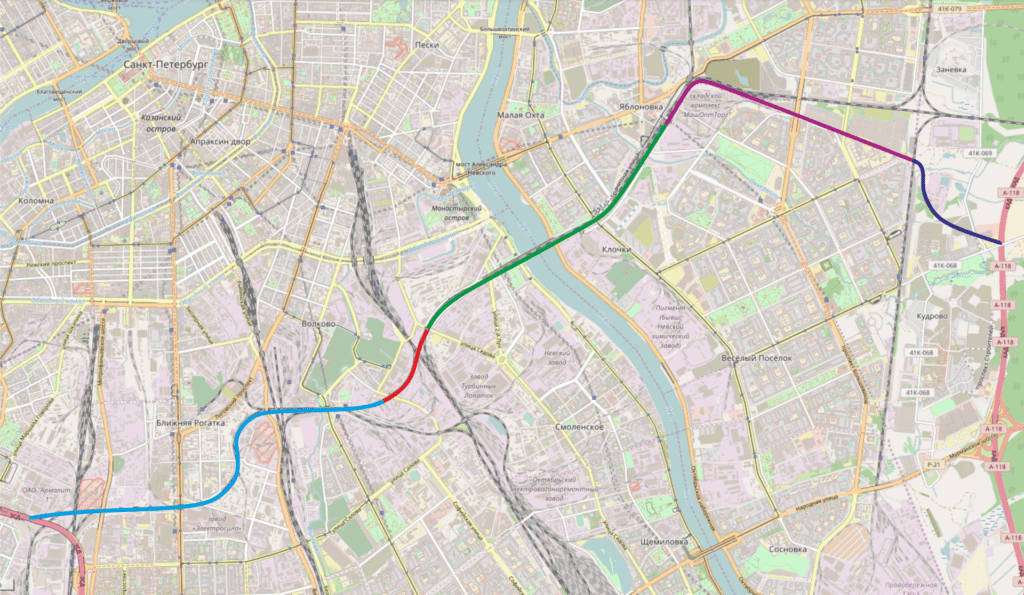The experience of many countries has shown that the development of motor-road infrastructure is one of the most significant factors in the processes associated with modernizing the economy and eliminating a number of financial problems at the state level. About 250 thousand jobs have been created in the Russian road sector, which has had a very positive impact on the social and economic situation over the past five years.
The government is not satisfied with what has already been achieved and sets new tasks for specialists. Increasing the length of the network by 72 thousand km, reducing transportation expenses by 1.5-3 times, creating routes between 8 thousand human settlements is just a small list of forthcoming activities.
It is impossible to cope with them without Structural Health Monitoring Systems, as well as without Automated Traffic Control Systems or Toll Collection Systems. This is where the solutions of the Scientific and Technical Centre Integrated Monitoring Systems, LLC engage in the matter.
The economic effect achieved through the widespread implementation of Structural Health Monitoring Systems is obvious. Firstly, this can reduce the costs of repair and maintenance of motor-road infrastructure. Secondly, there is a fact of increasing the service life of various man-made structures. Thirdly, road-traffic safety increases with a parallel increase in driving comfort.
Structural Health Monitoring Systems are the main element of future digitalization and digital transformation of motor-road infrastructure facilities. Their hardware components include sensors that record parameters of the status of facilities, as well as sensor networks operating on the basis of geolocation components.
The infrastructure gathers information about the characteristics of all main types:
- climatic — from pressure and humidity to temperature and visibility;
- static — such properties as the degree of deformation and shift;
- dynamic — current vibration loads.
The entire information is processed by specialized software capable of making indifferent depth forecasts and working according to classical predictive analytics schemes. As a result, specialists are able to predict the behavior of facilities based on the knowledge about their residual life and current status.
There are two problems with the Structural Health Monitoring Systems integration approach. The first is that all relevant decisions must be provided at the stage of designing the motor-road infrastructure. The second is related to the need for correct and accurate interpretation of data coming from sensors and gauges. The experts from a scientific organization are responsible for analyzing information.
Many processes can be brought under the concept of transport infrastructure monitoring. Specific lists of operations and lists of work will depend primarily on which facilities are subject to control and surveillance.
There are lots of options:
- road networks, transport junction exits, engineering elements and separate sections of highways;
- man-made road structures of a linear type, such as bridges, tunnels, overpasses and overground pedestrian crossings;
- all types of transfer hubs, as well as communication systems, navigation modules and tools designed for traffic control;
- engineering networks, devices and various models of equipment that ensure the operability of the transport infrastructure as a whole.
A separate category includes high-risk facilities related to road infrastructure rather indirectly. Overpasses, retaining walls, and embankments require more strict monitoring, which can be organized using the solutions of the Scientific and Technical Centre Integrated Monitoring Systems, LLC.
Specifics of motor-road infrastructure monitoring in Russia
Transport infrastructure monitoring is a complex process with its own specifics varying from country to country. It is quite difficult to organize it on the territory of different cities and regions of Russia due to the fundamental features inherent in the state:
- A variety of climatic zones, geological conditions and a large length of communication routes. According to the latest data, domestic roads spread over more than 1,507,750 km, and the figure continues to grow.
- A vast number of facilities adjacent to natural structures in the form of rivers, lakes, seismically hazardous areas and other locations considered as the sources of emergency situations.
- High requirements for monitoring the safety of road surfaces. There are many industry regulations and legal acts that need to be considered both when constructing facilities and when organizing monitoring for them.
- The system of routine-preventive operation was adopted quite a long time ago and now it is working with due regard for various errors. It is in need of widespread modernization, which the government has not managed to fulfill.
Organizing transport infrastructure monitoring in Russia is not easy, especially if one perceives the task in an integrated manner. However, its implementation can be started gradually, while integrating automatic surveillance systems from one facility to another one. Then the work will be divided into stages that are well suited for unhurried but productive implementation.

Road infrastructure monitoring systems
The experts from the Moscow Administrative Road Traffic Inspectorate conducted a series of studies and found out exactly what consequences decisions regarding integration of road infrastructure automated monitoring systems lead to. It turned out that already in the fifth year of operation, such complexes reduce the costs of routine-preventive operation by more than 30%.
The specialists of the Scientific and Technical Centre Integrated Monitoring Systems, LLC are ready to take responsibility for both the development and implementation of appropriate software and hardware solutions. The company employees will take the following facilities under strict automated supervision:
- man-made road structures of linear type;
- landslide hazard sections of highways;
- bridges, tunnels and overpasses;
- dams, embankments and other facilities exposed to geology.
The entire solutions of the Scientific and Technical Centre Integrated Monitoring Systems, LLC are based on our own, exclusively Russian developments, so there is no need to worry about their sudden shutdown. The products supplied by the company tend to be scalable, i.e. they can be used on a wide range of road infrastructure facilities with due regard for all the features and specifications.
Industry Solutions
Our solutions are based on innovative technologies developed by experienced engineers and automation specialists. All our work is fulfilled in full compliance with the requirements of statutory regulations in the field of industrial safety. Our employees in the construction and installation department have undergone professional training and have the necessary permits to perform work even on hazardous, complex and high-altitude facilities.
Our Scientific and Technical Centre Integrated Monitoring Systems, LLC provides modern solutions for monitoring and controlling processes that guarantee the safe operation of facilities in various industries, including:
Contacts
Still have questions?
Shall we discuss the project?
- office 408, 4, lit. K, Fuchika St., St. Petersburg, 192102, Russia
- +7 (812) 775-10-82
- office@ntc-ksm.ru
- Opening hours: Mon-Fry с 9:00 AM до 06:00 PM MSK




